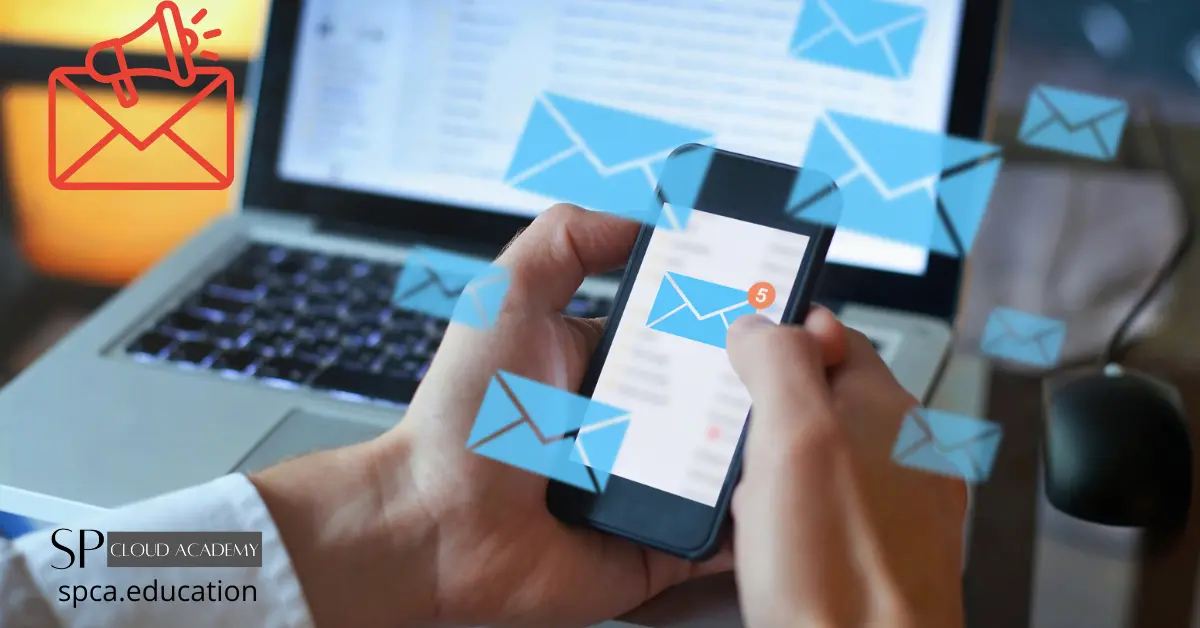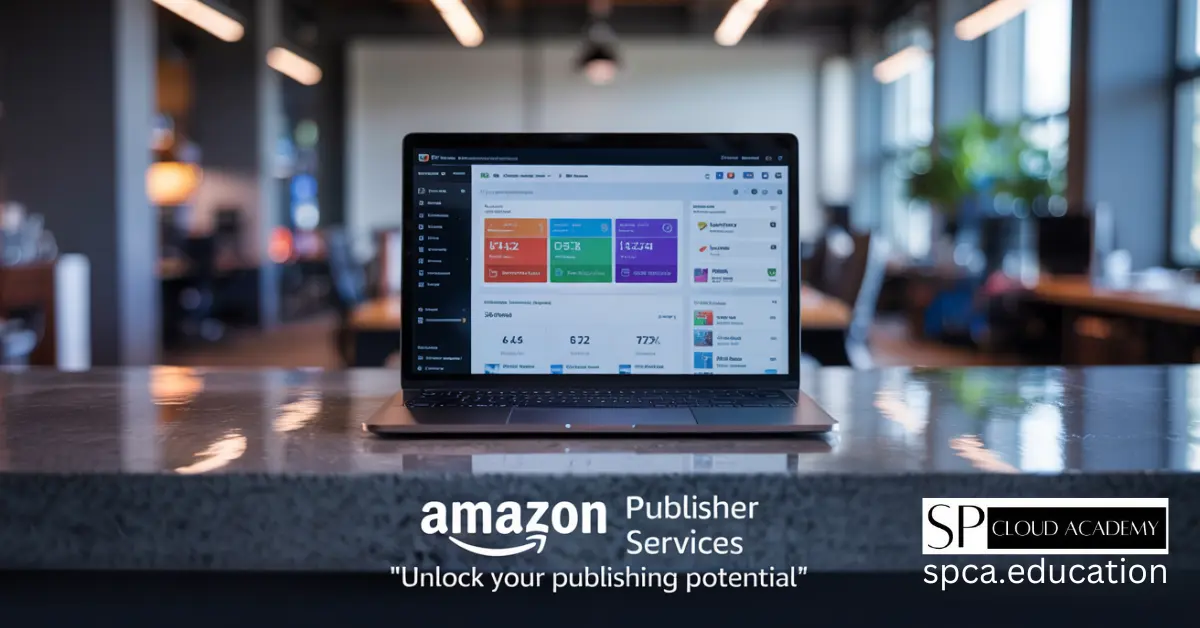Cold email is an unsolicited email sent to a recipient who has no prior relationship with the sender. Cold emails are typically used as a way to initiate communication, establish a connection, and potentially generate interest or business opportunities. These emails are often sent to potential clients, customers, partners, or anyone who could be relevant to the sender’s business or goals.
Cold emails can serve various purposes, such as:
- Business Development: Companies may send cold emails to introduce their products or services to potential clients, with the hope of generating new business opportunities.
- Networking: Individuals might send cold emails to professionals in their industry to expand their network, seek advice, or explore collaboration possibilities.
- Job Seekers: Job seekers might send cold emails to hiring managers or professionals in their desired industry to inquire about job opportunities.
- Sales and Marketing: Cold emails are often used in sales and marketing campaigns to promote products, offer discounts, or inform recipients about upcoming events.
- Partnerships: Entrepreneurs and businesses may use cold emails to propose partnerships, collaborations, or joint ventures with other companies.
- Research and Surveys: Researchers might send cold emails to potential participants for studies, surveys, or interviews.
It’s important to note that while cold emails can be effective when done right, they can also be perceived as intrusive or spammy if not approached carefully. To increase the likelihood of a positive response, cold emails should be personalized, relevant, and respectful of the recipient’s time. Providing clear value and a compelling reason for the recipient to engage with the email can also improve the chances of a favorable outcome.
Cold email writing techniques
Here are some effective cold email writing techniques to help you create compelling and engaging emails:
- Personalization: Research the recipient and include personalized details in your email, such as their name, company, recent achievements, or common connections. Personalization shows that you’ve taken the time to understand their needs and interests.
- Catchy Subject Line: Your subject line should grab the recipient’s attention and give them a reason to open the email. Pose a question, create curiosity, or highlight a benefit to make the subject line compelling.
- Value Proposition: Clearly communicate the value you can provide to the recipient. Explain how your product or service can solve a specific problem or address a pain point they might have.
- Brief and Concise: Keep your email concise and to the point. Busy professionals appreciate emails that get straight to the value proposition without unnecessary fluff.
- Engaging Opening: Start with a friendly and engaging opening. You could use a personalized compliment, a shared interest, or a common challenge to establish a connection.
- Show Benefits: Highlight the benefits or outcomes the recipient can expect from your product or service. Focus on how it can make their life easier, save them time, or improve their business.
- Social Proof: If possible, include relevant social proof such as testimonials, case studies, or well-known clients who have benefited from your offering.
- Call to Action (CTA): Clearly state the action you want the recipient to take. Whether it’s scheduling a call, visiting your website, or downloading a resource, make your CTA stand out.
- Follow-Up Plan: Mention that you’ll follow up after a certain period if you don’t receive a response. This shows your persistence and commitment.
- Polite and Respectful Tone: Keep your tone polite and respectful. Avoid being overly pushy or aggressive, as this can turn recipients off.
- Provide Contact Information: Include your contact information and social media profiles to make it easy for the recipient to learn more about you and your company.
- Mobile-Friendly Formatting: Many professionals read emails on their mobile devices. Ensure your email is easy to read and navigate on both desktop and mobile screens.
- Test and Optimize: Experiment with different subject lines, messaging, and sending times to find out what works best for your audience. Analyze the responses and refine your approach accordingly.
- Unsubscribe Option: In some jurisdictions, it’s important to include an option for recipients to opt out of further emails.
Remember, the key to successful cold email writing is providing value, establishing a connection, and respecting the recipient’s time. Keep iterating and refining your approach based on the feedback and results you receive.
Templates
Cold emails are unsolicited emails sent to potential recipients who may have no prior relationship with you or your business. It’s important to make your cold email engaging, relevant, and respectful. Here’s a template to get you started:
Subject: [Benefit-Oriented Subject Line]
Hi [Recipient’s First Name],
I hope this email finds you well. My name is [Your Name], and I came across [Recipient’s Company Name] while researching [specific topic related to recipient’s industry or interests]. I was really impressed by [mention something specific about their company, recent news, or a project they’re working on].
I wanted to introduce myself and share how [Your Company Name] could potentially add value to your [mention a specific area where your product/service could be beneficial, e.g., operations, marketing, etc.]. We specialize in [briefly describe your product/service and its benefits].
I’d love the opportunity to discuss how we could tailor our solutions to address [specific challenge or goal they might have]. Are you available for a brief call next week? I’m confident that our insights could make a meaningful difference for [Recipient’s Company Name].
Looking forward to the possibility of connecting.
Best regards,
[Your Name]
[Your Title]
[Your Contact Information]
Subject: Supercharge Your Team’s Skills with SP Cloud Academy’s Exclusive Promotion!
Hi [Recipient’s First Name],
Hope this message finds you thriving. I’m [Your Name], and I’m thrilled to introduce you to an exciting opportunity that could revolutionize how your team navigates the cloud landscape.
At SP Cloud Academy (SPCA), we understand the transformative power of cloud technologies. Our mission is to empower businesses like [Recipient’s Company Name] to excel in today’s dynamic digital environment.
🚀 Unlock Cloud Mastery: Our industry-renowned courses cover everything from AWS and Azure to Google Cloud, equipping your team with the knowledge needed to conquer any cloud challenge.
🔗 Hands-On Experience: Theory alone won’t cut it. That’s why our curriculum focuses on practical, hands-on projects, ensuring your team can seamlessly apply their newfound expertise.
🎯 Customized Learning: We get it – every company is unique. Our tailored training solutions cater to your team’s proficiency level and your organization’s specific requirements.
🎉 Exclusive Promotion: To celebrate our latest offerings, we’re thrilled to extend a limited-time promotion to [Recipient’s Company Name]. Enroll your team before [Deadline Date], and you’ll unlock [Promotion Details]!
📞 Let’s Connect: I’d love to chat further about how SP Cloud Academy’s tailored training can empower [Recipient’s Company Name] for long-term success. Can we schedule a quick call next week?
Feel free to explore our website at spca.education for a deeper dive into our offerings.
Here’s to a future fueled by cloud expertise!
Best regards,
[Your Name]
[Your Title]
[Your Contact Information]
P.S. Don’t miss out on our exclusive promotion – act before [Deadline Date] to supercharge your team’s cloud skills at an unbeatable value!
Remember, personalization is key. Research the recipient and their company thoroughly to make your email relevant and impactful. Additionally, keep your email concise and focused on the recipient’s needs and potential benefits.
Cold email benefits for job seekers
Cold emailing can be a great way to find job opportunities, especially if you’re targeting specific companies or industries. Here are some of the benefits of cold emailing for job seekers:
- It allows you to reach a wider audience. When you apply for jobs through online job boards, your resume is only seen by the hiring manager or recruiter who is specifically looking for someone with your skills. With cold emailing, you can reach a wider audience of potential employers, including people who may not be actively hiring but who would be interested in your skills and experience.
- It gives you a chance to make a personal connection. When you apply for a job through a job board, your resume is just one of many that the hiring manager or recruiter has to read. With cold emailing, you have the opportunity to make a personal connection with the recipient by addressing them by name, explaining why you’re interested in the company, and highlighting your skills and experience that are relevant to the position.
- It shows your initiative. Hiring managers and recruiters are always looking for candidates who are proactive and take initiative. Sending a cold email shows that you’re not just waiting for opportunities to come to you, but that you’re actively seeking out the right opportunities for you.
- It can help you get your foot in the door. Even if you don’t get the job you’re applying for, sending a cold email can still help you get your foot in the door. If the recipient is impressed with your email, they may keep your resume on file for future opportunities or even refer you to another company that’s hiring.
Of course, there are also some challenges associated with cold emailing, such as the fact that it can be time-consuming and that you may not get a response from everyone you email. However, if you’re willing to put in the effort, cold emailing can be a great way to find job opportunities.
Here are some tips for writing effective cold emails for job seekers:
- Do your research. Before you send any emails, take the time to research the companies you’re targeting. This will help you to personalize your emails and to make sure that you’re reaching out to the right people.
- Be clear and concise. Your emails should be clear, concise, and to the point. State your purpose in the first sentence or two, and then highlight your skills and experience that are relevant to the position.
- Use a strong call to action. Tell the recipient what you want them to do, whether it’s to set up a time to talk, to review your resume, or to simply keep your resume on file.
- Proofread your emails. Before you hit send, be sure to proofread your emails carefully for any errors in grammar or spelling.
If you follow these tips, you’ll be well on your way to writing effective cold emails that will help you land your dream job.
Cold Email impacts for business promotion
Cold emails can have a significant impact on business promotion when executed effectively. Here are some potential impacts of well-crafted cold emails for business promotion:
- Increased Brand Awareness: Cold emails introduce your brand, product, or service to new audiences, increasing overall brand awareness and visibility within your target market.
- Lead Generation: Cold emails can generate new leads and prospects for your business. By reaching out to potential customers who might be interested in your offering, you expand your pool of potential clients.
- Sales and Revenue Growth: Successful cold emails can lead to direct sales and revenue growth. When you effectively communicate the value of your product or service and address the recipient’s pain points, you increase the likelihood of converting prospects into paying customers.
- Business Partnerships: Cold emails can be used to establish partnerships or collaborations with other businesses. If you offer complementary products or services, a well-targeted cold email can initiate discussions about mutually beneficial partnerships.
- Networking Opportunities: Cold emails can open doors to new networking opportunities. Connecting with industry influencers, thought leaders, or potential mentors can lead to valuable relationships that benefit your business in the long term.
- Market Research: Cold emails can provide insights into your target audience’s needs, preferences, and pain points. Responses, even if not leading to immediate sales, can offer valuable market research data that helps you refine your offerings.
- Feedback and Improvement: Cold emails that encourage recipients to provide feedback can help you improve your product or service. Constructive criticism can guide your business toward better meeting customer needs.
- Website Traffic and Engagement: Cold emails with compelling calls to action (CTAs) can drive recipients to your website, leading to increased website traffic and engagement. This can help improve your search engine rankings and online visibility.
- Content Distribution: Cold emails can be used to distribute valuable content such as blog posts, eBooks, or webinars. Sharing relevant and insightful content can position your business as an industry authority and attract more engaged prospects.
- Long-Term Relationship Building: Even if a cold email doesn’t immediately convert, it can be the starting point for building a long-term relationship. Regular, relevant follow-ups can keep your brand on the recipient’s radar until they are ready to engage.
It’s important to note that not all cold emails will yield immediate positive results. Some recipients may not respond, and others may decline your offer. However, a well-thought-out cold email strategy, focused on providing value and addressing the recipient’s needs, can lead to meaningful business outcomes over time. Regularly analyze and refine your approach based on response rates and feedback to continually improve your cold email campaigns.
FAQs
- What is a cold email? A cold email is an unsolicited email sent to someone who hasn’t previously engaged with you or your business. It’s typically used for initiating a new business relationship, promoting a product or service, or networking.
- Is cold emailing effective? Cold emailing can be effective if done correctly. Personalization, relevance, and providing value to the recipient are key factors for success. However, it’s important to note that not all cold emails will receive a positive response.
- How do I write an effective cold email? An effective cold email should have a compelling subject line, personalized greeting, clear and concise message, value proposition, and a call to action. Keep it brief and focused on the recipient’s needs.
- What should I include in the subject line? The subject line should be attention-grabbing and relevant. It can mention a specific benefit, address a pain point, or spark curiosity. Avoid using spammy or overly salesy language.
- How can I personalize cold emails at scale? While sending cold emails at scale, use personalized tokens such as the recipient’s name, company, or recent achievements. Research the recipient’s background and mention something specific that shows you’ve done your homework.
- What’s the best time to send cold emails? The optimal timing can vary depending on your target audience and industry. Test different timings to see what works best for your audience.
- How can I avoid my cold emails being marked as spam? To avoid being marked as spam, use a reputable email service provider, avoid using excessive capitalization and exclamation marks, include your physical address, provide an easy opt-out method, and ensure your content is relevant and valuable.
- What’s a good cold email response rate? Cold email response rates can vary widely, but a 10-20% response rate is often considered successful. Keep refining your approach based on the responses you receive.
- Should I follow up on cold emails? Yes, follow-ups are crucial. Many recipients may not respond to your initial email, so sending a well-crafted follow-up message can increase your chances of getting a response.
- How many follow-ups should I send? A common approach is to send 2-3 follow-up emails spaced a few days apart. Be respectful and provide additional value or information in each follow-up.
- What’s the best way to track the success of my cold email campaigns? Use email tracking tools to monitor open rates, click-through rates, and responses. These tools can provide insights into the effectiveness of your campaigns and help you make data-driven adjustments.
See Also
https://en.wikipedia.org/wiki/Cold_email
Digital Marketing Archives – SP Cloud Academy (spca.education)



